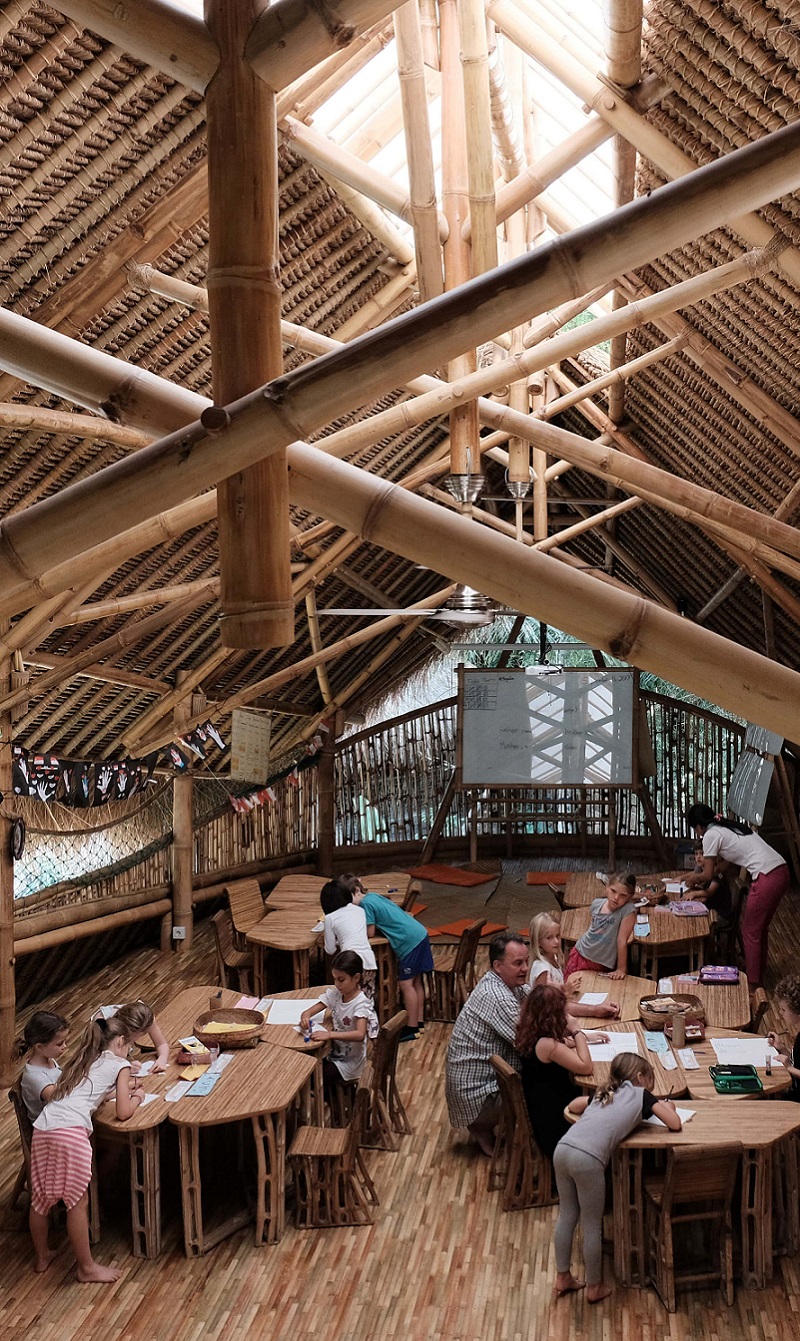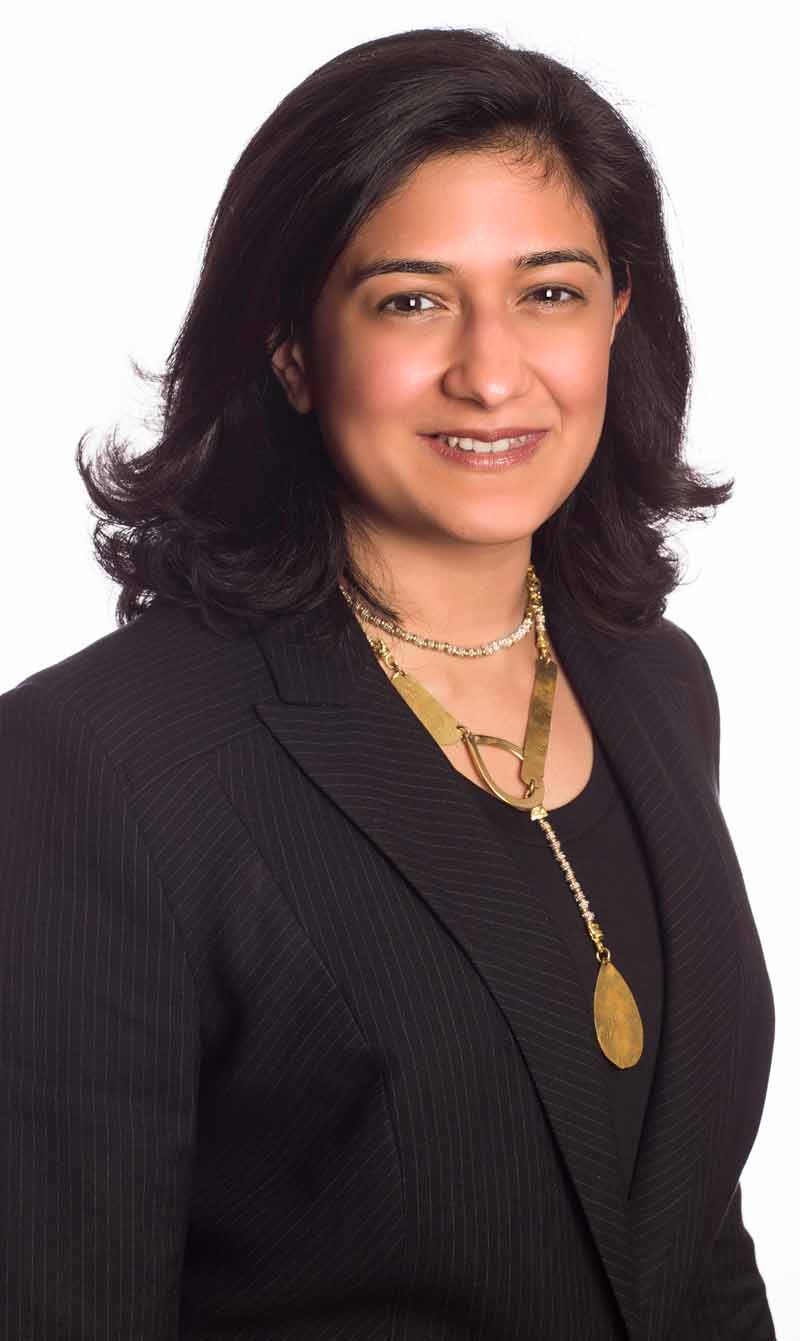Unconventional education
‘Education is the most powerful weapon which you can use to change the world.’ These were the words of the late Nelson Mandela, but the powerful weapon of education is now dramatically evolving.
With the rapid advancement of technology in the 21st century, we have eliminated boundaries and classroom limitations, changing the ways of teaching and learning in every sense of the word. Now students can attend lectures without being physically present in classrooms or lecture halls and the duration of research and thesis-writing has been significantly reduced as information, past research papers and studies can now be easily accessed and retrieved via the Internet.
The advantage is that this type of education can be available to a larger audience, and students can opt for a number of ways to receive an education without having to rely on the traditional education system. Not only does this reduce costs, but time and effort.
The democracy of technology: Education for all
Globally, a large number of students are still unable to afford higher education, as reflected in recent surveys by Blackbullion and Edward Jones. It was with this dilemma in mind that Massive Open Online Course (MOOC) pioneers such as the Massachusetts Institute of Technology (MIT), Stanford, Harvard, the University of Pennsylvania and others have provided new methods to distribute free, top-quality course content online in order to empower students without sending them into crippling debt. Alternative providers of education like the Khan Academy, Udacity, and Coursera, are also solving two major problems in today’s education systems: cost of learning and time spent in traditional schooling systems. With a focus on employment, some are searching for a business model, partnering with employers, and even going as far as offering a money-back guarantee if students do not find jobs within six months after graduating.
Carlos Souza, who is CEO and founder of Brazil-based Veduca, stumbled across MIT’s MOOC and decided that Brazil needed a similar initiative for its Portuguese-speaking population (Veduca provides Brazilians access to courses from world-class universities). ‘Technology shifts the power from production to consumption, to the end consumer and, in this case, the students. We are building what we call a student-centric technology,’ Souza explained in a presentation at the 10th World Islamic Economic Forum in Dubai. As a result of strong public support for MOOCs generally, many universities have since followed suit and now provide their courses online and free of charge. How universities will compete with this sort of disruption is yet to be seen, as some predict a collapse in the number of universities worldwide.
‘Technology by itself doesn’t do anything. Neither does throwing content online,’
Technology is not the ultimate solution
Realising that technology can’t fully replace the physical presence and interaction of educators and the importance of the human aspect in education, Souza cautioned against seeing technology as a magic bullet for education. ‘Technology by itself doesn’t do anything. Neither does throwing content online,’
To address this, Souza believed that top-quality education was possible only through a ‘partnership among education technology companies, top-notch universities to provide the content, and local universities to provide infrastructure, online tutoring and local relevance, and meaningful certification.’
Quality of education is not the only issue, so is certification and credentials in this arena that is now raising the idea of creating new currencies of knowledge to recognise achievements in unconventional education. Although a credentialing platform like Credly can issue badges for skills not tested for in exams, this may work specifically in measurable skills, but it is hard in assessing subjective skills. The problem of a hyperinflation of credentials may stand at a distance for now, but it needs to be managed before it implodes.
The need for vocational schools
Many societies today view tertiary education as a sure-fire way of landing a decent job while technical and vocational schools are seen as a last resort for students with poor grades or for those who are not accepted into university. That mind-set will soon change if it hasn’t already, because it is no secret that the demand for skilled trades is increasing. Jobs such as hyperbaric welding, hairdressing, computer support, food and beverage service—and many more—are in high demand.
In an article for the Sunday Tribune Education system requires rethink‘, 23 Oct 2016, Ebrahim Patel, chairman of TransAfrix Holdings, South Africa, and also a member of the WIEF International Advisory Panel said that disruptive technologies and innovations have brought disruption of labour and caused job-losses in both semi and highly skilled areas.’We must re-engineer our policies and strategies to enhance the informal job sectors, the home industry, and the ‘spaza’ [informal convenience shop] economy, to counter job losses. The ‘gig economy’, where people use their expertise and skills ad hoc is untapped and lucrative,’ he said, adding that technologically advanced countries were providing the impetus for the return to craftsmanship and agriculture to absorb job losses and to create entrepreneurial opportunities.
The main issue was not the lack of funding but the lack of confidence and motivation.
Changing lives: One village at a time
Providing educational opportunities through technology is great, but not everyone is lucky enough. The problem remains that many people in rural areas do not have access to quality education, for lack of financial or technical resources.
In Indonesia, a collective effort to bring quality education to the remotest parts of the country gave birth to the Indonesia Mengajar (IM) initiative in 2009. IM seeks to address the widening rift in the quality of education between urban and rural areas, high community dependence on the Government for education, as well as mismatches between policymaking and the reality on the ground by recruiting and training young Indonesians to work as teachers in remote, impoverished provinces.
Speaking at the 12th World Islamic Economic Forum (WIEF) in Jakarta last year, Evi H. Trisna, who is executive director of Gerakan Indonesia Mengajar, said that IM’s goal was to convince communities that children in remote areas had the potential to be great and only needed proper guidance and influence.
IM has faced many hurdles, one of which was the disempowerment of teachers and communities due to the lack of funding for programmes, but this did not stop IM teachers from organising training programmes in 50 schools over four months without any funding, which was possible only through collaboration with local schools.
As IM overcame more obstacles, local teachers felt more empowered and eventually realised that the main issue was not the lack of funding but the lack of confidence and motivation. Today, after five years of operation, IM has found that there are people in each district willing to create initiatives in education. ‘They set up libraries; they organise teacher-training programmes, meetings and so forth—all this without any funding,’ said Trisna.
Initiating the teaching movement in Indonesia was in itself unconventional as they begun and worked outside the existing education system, without funds, still a quality idea succeeded in its pursuit and social awareness to create opportunities instead of waiting for services: ‘We should not only get students ready for the work force, but to create jobs for their future.’
The global education system has come a long way, adapting to fast-changing environments and incorporating disruptive innovations, curbing obstacles and providing quality education. However, as the global population finds alternatives and new opportunities in education, the struggle to create more innovative solutions for arising problems will be far from over.
___________________
This year WIEF visited the Agastya International Foundation in Bangalore, India, to learn and explore the possibility of replicating Agastya’s programmes in order to help transform and stimulate the thinking of underprivileged children in other communities around the world.





